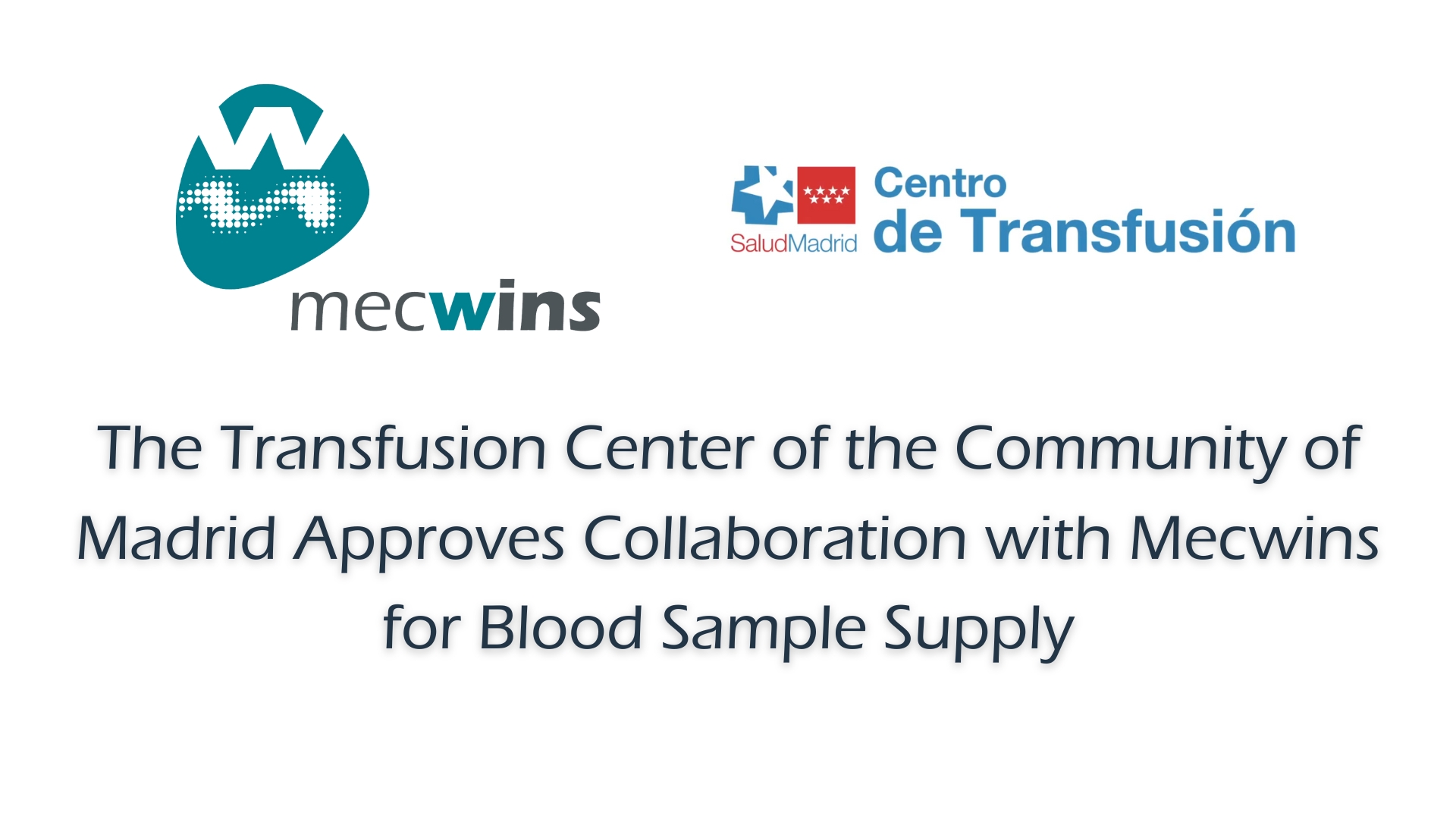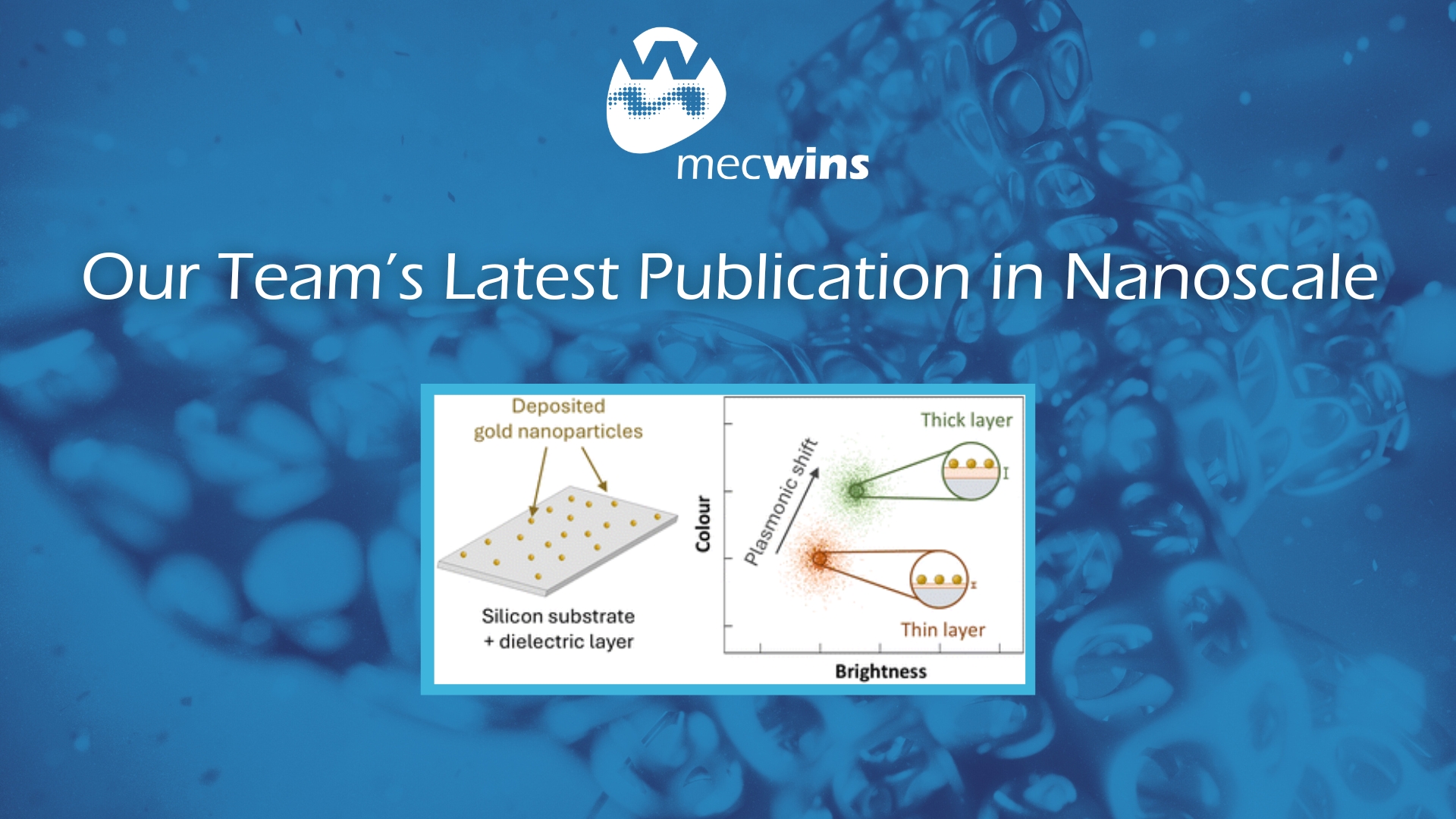Early detection of HIV infection is the best way to prevent spread of the disease and to improve the efficiency of the antiretroviral therapy. Nucleic acid amplification tests (NAAT) have become the gold-standard for detecting low-concentrations of the virus in blood. However, these methods are technically demanding and cost-prohibitive in developing countries. Immunoassays are more affordable and can be more easily adapted for point-of-care diagnosis. However, the sensitivity so far of these methods has been too low. The research, published on February 15th in the journal PLOS ONE, reports the development of a sandwich immunoassay that combines nanomechanical and optoplasmonic transduction methods for detecting the HIV-1 capsid antigen p24 in human serum. The immunoreactions take place on the surface of a compliant microcantilever where gold nanoparticles are used as both mechanical and plasmonic labels. The microcantilever acts as both a mechanical resonator and an optical cavity for the transduction of the mechanical and plasmonic signals. The limit of detection of the immunoassay is 10−17 g/mL that is equivalent to one virion in 10 mL of plasma. This is 5 orders of magnitude better than last generation of approved immunoassays and 2 orders of magnitude better than NAAT. This technology meets the demands to be produced en masse at low cost and the capability for miniaturization to be used at the point-of-care.

Schematic representation of the p24 sandwich immunoassay.
(a) The top surface of the cantilever is functionalized with capture antibodies against HIV-1 p24 antigen (top schematic). Antifouling molecules are immobilized on the bottom surface of the cantilever and voids between the antibodies to minimize nonspecific interactions. The cantilever is then immersed in the human serum sample to allow specific binding of p24 to the cantilever surface (middle schematic). Finally, the p24 antigen captured on the cantilever is specifically linked to 100-nm-diameter gold nanoparticles that carry detection antibodies. (b) Scanning electron microscopy image of the silicon microcantilever arrays used in this work. (c). Schematics of the 96-well microtiter plate format, in which the immunoassays were carried out
Source: Kosaka PM, Pini V, Calleja M, Tamayo J (2017) Ultrasensitive detection of HIV-1 p24 antigen by a hybrid nanomechanical-optoplasmonic platform with potential for detecting HIV-1 at first week after infection. PLoS ONE 12(2): e0171899. doi:10.1371/journal.pone.0171899
You can access to the publication in PLOS ONE journal by clicking here.















